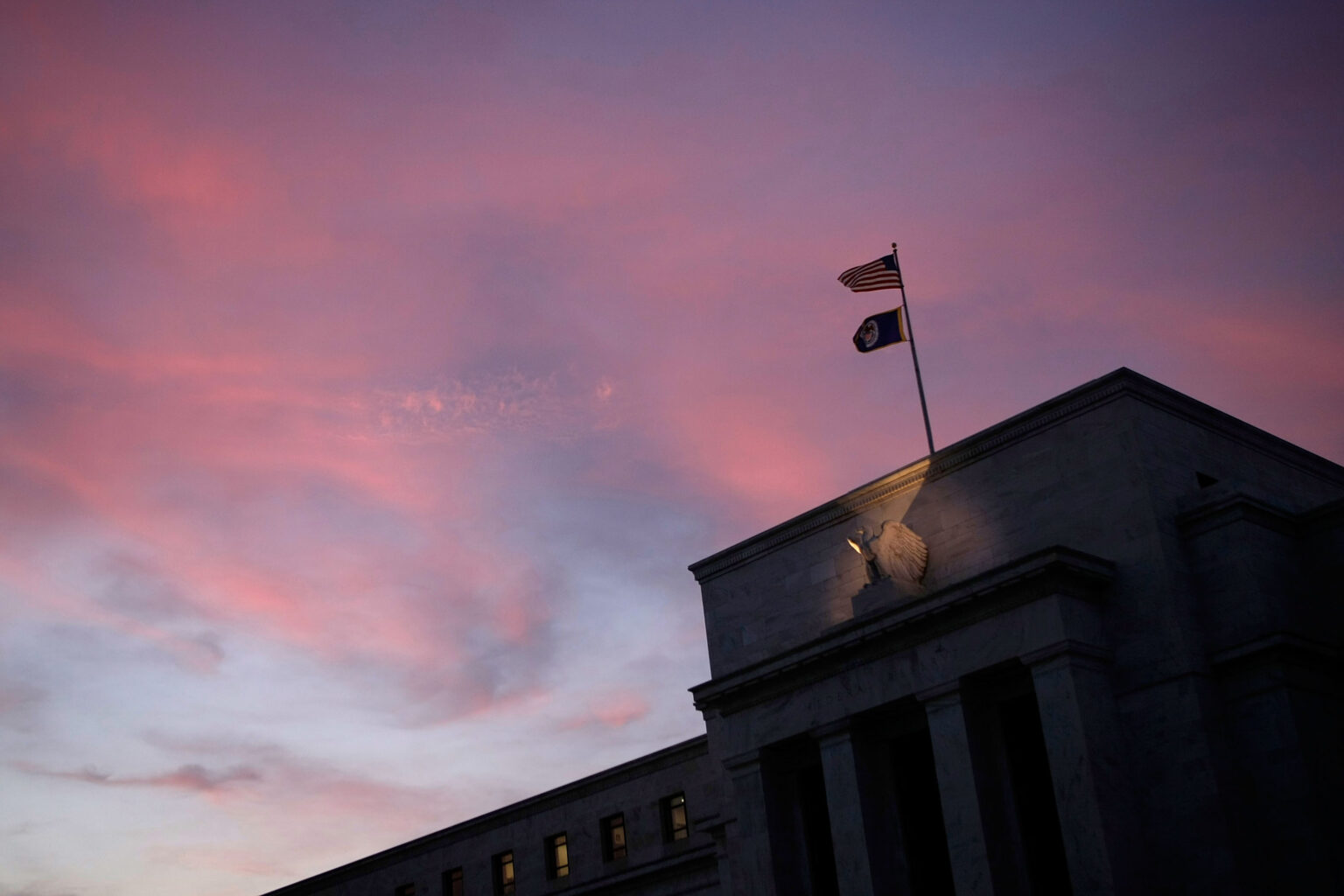US core personal consumption expenditure (PCE) inflation, the Federal Reserve’s preferred measure of inflation, fell to 2.9 per cent in December, below expectations of three per cent and down from 3.2 per cent in November.
PCE inflation differs from the traditional measure of inflation, the consumer price index (CPI), by including a wider scope of data. CPI uses data from household surveys, while PCE uses data from suppliers, non-profits and the country’s GDP data.
PCE inflation fell to just 2.6 per cent in December, remaining steady from November’s data.
Core PCE inflation uses the same methods as PCE, but excludes commodities that can see their prices move around rapidly such as energy, and is often cited by the Fed when making interest rate decisions.
When looking over the last three and six months, core PCE inflation now sits below the Fed’s inflation target of two per cent, coming in at 1.5 per cent and 1.6 per cent respectively, having seen eleven consecutive months of decline.
Before Christmas, markets had been bullish on the Fed cutting interest rates in the central bank’s March meeting, but strong GDP data and a still-tight labour market has caused predictions to fall back slightly, now sitting at even odds of a March cut. Today’s data did little to change the odds of future cuts.
Despite the below-expectations core PCE inflation data, CPI inflation actually increased faster than expected last month, due to rising shelter costs, coming in at 3.4 per cent.
The Fed is set to meet next week but markets are all but certain that rates will be left unchanged, currently giving a 97.4 per cent chance that rates will hold steady, according to data from CME Group.
Charles Hepworth, investment director at GAM Investments, said the data “keeps alive the chance of a rate cut in March” as the core inflation rate came down to its lowest level since March 2021.




